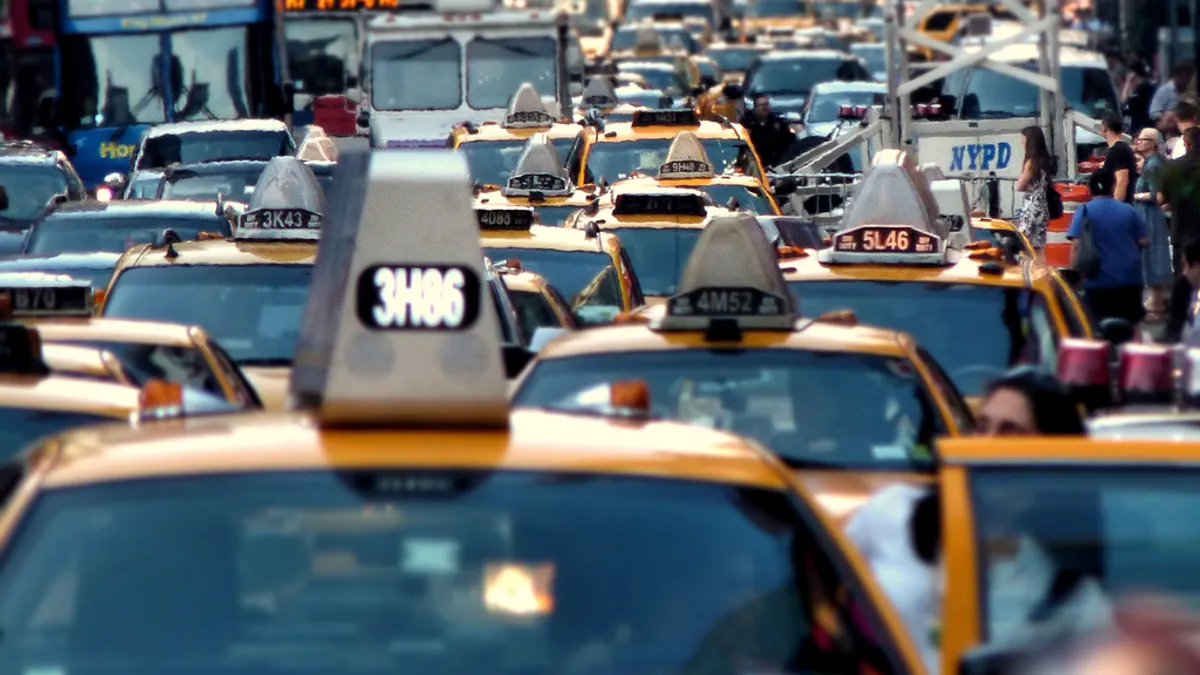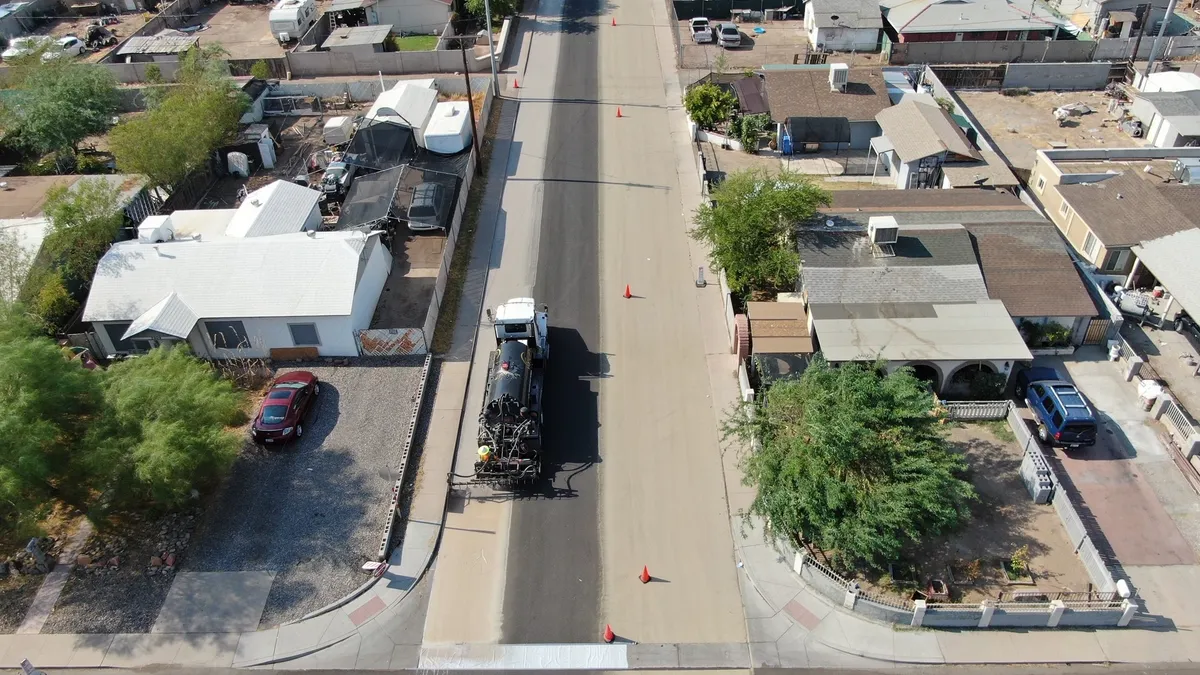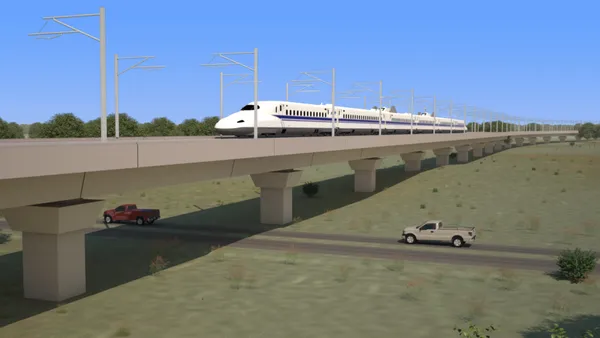Dive Brief:
- The National Association of City Transportation Officials (NACTO) and the Open Transport Partnership have launched SharedStreets, a platform for mapping features of cities' streets.
- SharedStreets standardizes street-level GIS data to make any public or private source's information compatible and easily exchangeable.
- Creators say the platform currently focuses on three main functions: traffic safety, real-time traffic monitoring and curbside management. It's designed to expand functions as new types of data are imported and will allow cities to better prepare for transportation tech advancements.
Dive Insight:
A plethora of data exist about each city's infrastructure, but that data often doesn't make its way onto maps. When it does get onto maps, it's not always consistent. One map might show accurate to-scale distances between driveways or intersections whereas others provide only an approximation. Google Maps, for example, gives a different look at a city than other map apps. Even cities' own maps vary in what features they display and the level of detail compared with other municipalities' maps.
The lack of standardization in map features and detail can present a challenge for users. In an age where residents use more and more pinpoint-specific services — such as bike-share or ride-share — details matter. Part of the problem is that data from private entities is not always compatible with data entered by public agencies. That's where SharedStreets comes in with its data standardization and anonymized information sharing.
The creators note that the tool protects intellectual property by focusing only on the map's key points, not on how the information was obtained, which protects intellectual property. They say it is a "neutral, anonymized clearinghouse for data" that lets transportation agencies, auto companies, tech companies and government agencies share their collected information and design better streets.
Sharing block-level views of exactly what features and resources are located in a neighborhood holds promise for helping municipalities with their street planning. But it also will help residents get a more detailed, comprehensive view of their neighborhood's features and amenities. Businesses likely will also benefit by getting a better idea of existing resources and where to locate new ones. Bike-share companies, for instance, could get a better idea of resource deserts where their products might be more useful to residents. And ride-share companies will be able to see safe drop-off zones and no parking zones, which will allow for better route planning. Using SharedStreets ultimately could improve street safety and lead to fewer traffic incidents.











